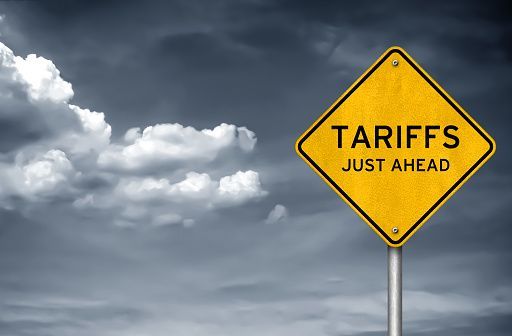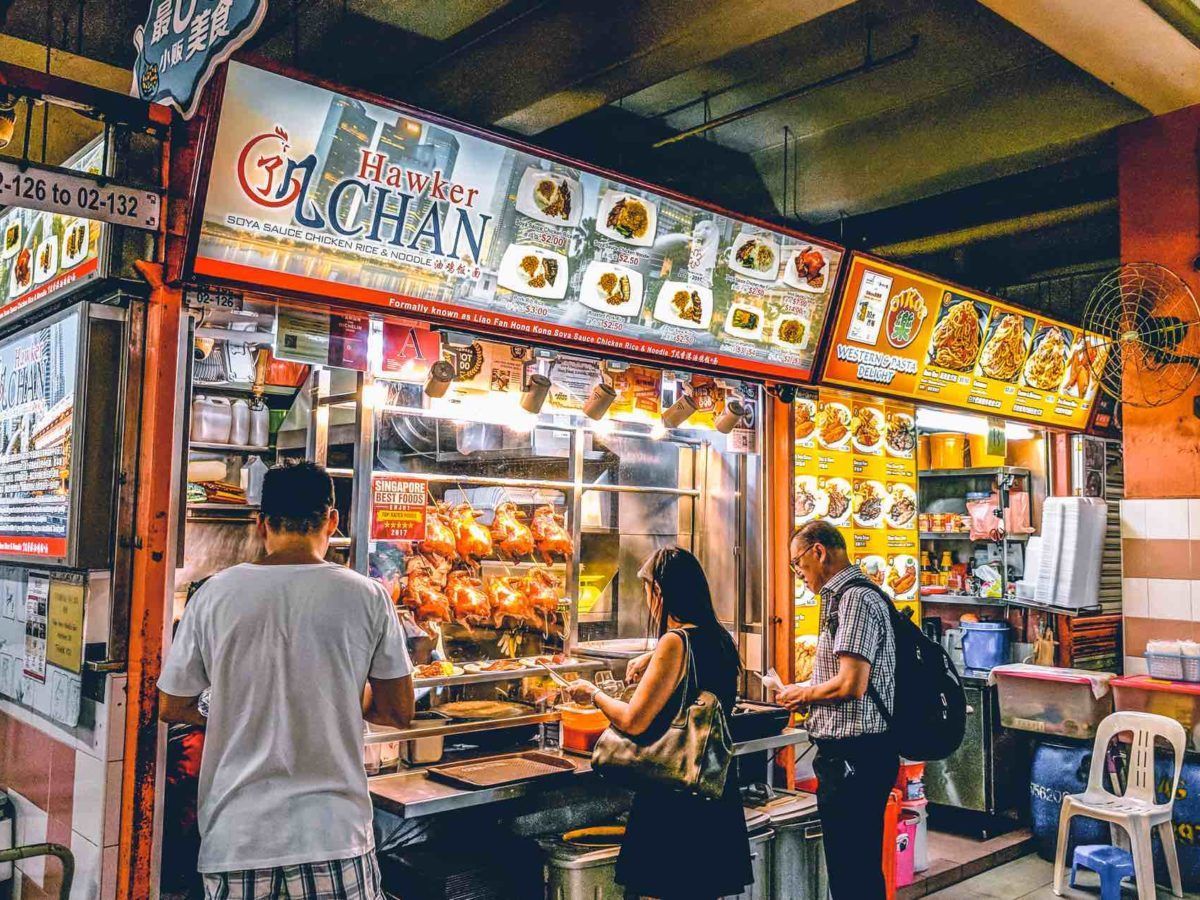
Unlocking Customer Success: The Transformative Role of CRM in Elevating Loyalty Management Solutions for F&B Establishments
In the dynamic landscape of Food & Beverage (F&B) establishments, the fusion of Customer Relationship Management (CRM) and loyalty management solutions has emerged as a powerful strategy to foster customer success. This SEO-optimized article delves into the pivotal role that CRM systems play in enhancing loyalty programs for restaurants and cafes, creating a personalized and effective customer engagement journey.
The CRM-Loyalty Synergy Unveiled
Customer Relationship Management systems serve as the cornerstone for effective loyalty management in F&B establishments. By seamlessly integrating CRM into loyalty programs, businesses can unlock a myriad of opportunities to understand, engage, and retain their valued patrons.
Personalized Customer Engagement:
CRM systems empower F&B establishments to gather and analyze customer data comprehensively. By understanding individual preferences, dining habits, and feedback, businesses can tailor loyalty programs to offer personalized rewards, creating a more engaging and meaningful customer experience.
Targeted Loyalty Campaigns:
Leveraging CRM data, F&B establishments can design targeted loyalty campaigns. Whether it's exclusive discounts, personalized offers, or special promotions, CRM enables businesses to craft campaigns that resonate with the unique preferences of their customer base.
Integrated Customer Touchpoints:
CRM ensures a seamless integration of customer touchpoints across various channels. From in-store interactions to online engagements, the unified view provided by CRM allows businesses to maintain consistency in communication, reinforcing loyalty at every step of the customer journey.
The CRM Advantage for Restaurants and Cafes
Efficient Customer Data Management:
CRM systems act as centralized hubs for customer data, allowing F&B establishments to efficiently manage and analyze information. This leads to a deeper understanding of customer behavior, enabling more informed decisions in loyalty program design and execution.
Real-Time Insights for Informed Decision-Making:
With CRM analytics, restaurants and cafes gain real-time insights into customer preferences and trends. This data-driven approach allows for agile decision-making, enabling businesses to adapt and refine loyalty programs based on current market dynamics.
Enhanced Customer Retention:
The synergy between CRM and loyalty solutions contributes to enhanced customer retention. By nurturing long-term relationships through personalized incentives and rewards, F&B establishments can create a loyal customer base that returns consistently.
Conclusion: Elevating Loyalty, One Customer at a Time
In conclusion, the integration of CRM into loyalty management solutions is a game-changer for restaurants and cafes seeking to unlock customer success. By harnessing the power of CRM analytics, businesses can create personalized, targeted loyalty programs that resonate with their unique customer base, ultimately fostering loyalty and contributing to long-term success in the competitive F&B industry. Embrace the synergy of CRM and loyalty solutions, and elevate your establishment's customer engagement to new heights.
Looking for a CRM solution to boost customer retention for your F&B business? Click here to contact us and find out more about MINTY CRM, a loyalty management solution catered to all types of F&B businesses
Interested in a CRM Based POS System, QR ordering or a standalone CRM membership system?
Send an Enquiry!
We will get back to you as soon as possible
Please try again later
You might also like


Location
160 Robinson Road SBF Center #26-02
Singapore 068914
Call
(+65) 6224 5788
WhatsApp Us
Click here to WhatsApp us

Navigation
Operating Hours
- Mon - Fri
- -
- Sat - Sun
- Closed
All Rights Reserved | Megasafe Technology Pte Ltd
